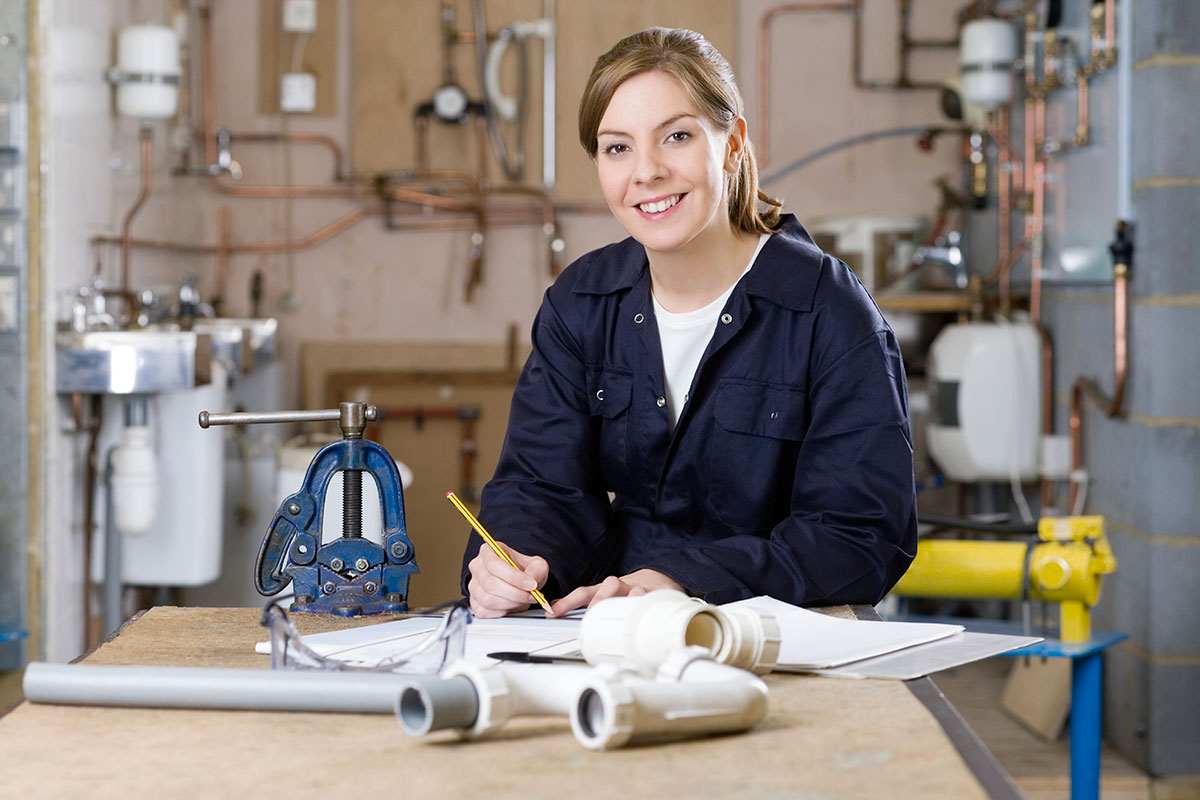A Detailed Overview to Effective Hot Water Heater Setup for Ideal Performance
Getting started on the task of setting up a water heating system is a venture that requires accuracy and a systematic method for attaining optimal performance. As you continue, the details of connecting water supply lines and setting up trusted electrical or gas connections wait for, encouraging insights into making sure performance and reliability.
Choosing the Right Water Heating Unit

Next, take into consideration the dimension and capacity of the hot water heater. It's essential to evaluate your family's warm water demands, which can vary based on the number of residents and their usage patterns. A system that's as well little might cause insufficient warm water, while a large design may lead to unnecessary energy usage.
Effectiveness scores likewise play a crucial duty in option. Seek water heaters with high Power Variable (EF) rankings, showing superior performance and reduced power use. Tankless designs, though typically more pricey ahead of time, deal considerable energy savings over time as a result of their on-demand home heating abilities.
Preparing the Setup Location
Before installing a brand-new water heater, meticulous prep work of the installation location is vital. It's crucial to determine the space meticulously to fit the water heater's measurements, ensuring ample clearance around the system for reliable operation and servicing.
Next, get rid of any particles, dirt, or obstructions from the website to develop a clean atmosphere. Inspect the flooring for security, as the hot water heater will certainly require a strong, level surface area to run efficiently. If essential, install a drip pan under the unit to capture possible leaks or spills, stopping water damage to the surrounding location. In regions prone to seismic task, consider setting up seismic bands to safeguard the heating unit securely in position.
Additionally, ensure that all necessary devices and products are on hand before starting the installment. This consists of products such as wrenches, screwdrivers, a level, and any kind of added hardware required for placing and safeguarding the heating unit. A well-prepared setup area establishes the foundation for a successful water heating system arrangement, enhancing performance and safety.
Connecting Water Lines
When attaching water system lines to your newly mounted water heating unit, it is vital to guarantee that all links are safe and leak-free to keep effective operation and stop water damage. Begin by recognizing the chilly and warm supply of water lines. The cold water inlet is commonly noted with a blue tag or a "C", while the warm water outlet is noted with a red tag or an "H".
Use flexible water heating unit connectors to facilitate a less complicated setup procedure. These ports can soak up vibration and permit slight motion, lowering the danger of leakages. Prior to attaching the adapters, place a plumber's tape around the threaded ends of the hot water heater's inlet and electrical outlet pipes - Plumber Alabaster AL. This tape functions as a sealer, preventing leaks. Meticulously connect the versatile pipes to the corresponding inlet and outlet, making sure that they are limited but not over-tightened, which can harm the threads.
Once connections are in place, slowly activate the primary water system shutoff. Evaluate each link Web Site for leakages by aesthetically really feeling and examining for dampness. Tighten up links as essential, and make certain the stress alleviation shutoff is appropriately mounted, guarding versus extreme pressure build-up.
Establishing Electrical or Gas Links
Effectively setting up the electric or gas connections for your water heater is a vital step to make certain risk-free and efficient procedure. For electric water heating units, begin by confirming that the electrical circuit is compatible with the heating system's voltage and amperage demands.
For gas water heaters, security is extremely important. Connect the gas line to the water heating unit making use of a flexible gas port, guaranteeing it is effectively threaded and sealed with pipe joint compound or Teflon tape appropriate her latest blog for gas links.
As soon as connections are made, check for any kind of possible leakages. For gas lines, apply a soapy water service to the joints; bubbles indicate a leakage. For electric links, double-check that all electrical wiring is safe and secure and properly insulated, preserving compliance with regional electric codes.
Examining and Adjusting for Effectiveness
With the electrical and gas connections securely in area, the following step is assessing the operational efficiency of your water heating system. Begin by meticulously transforming on the water supply and making sure there are no leaks at any of the shutoffs or joints.
Next, carry out a complete evaluation to guarantee the heating components or burner are functioning appropriately. For electrical heaters, make use of a multimeter to confirm if the elements are attracting the proper current. In gas versions, observe the heater flame; it needs to be blue and consistent, indicating effective combustion.
Change the settings as essential to get rid of ineffectiveness. Consider applying insulation steps, such as including a hot water heater covering, to further improve efficiency by lessening warmth loss. Furthermore, examine the anode rod's problem, as a shabby pole can reduce effectiveness and lead to storage tank deterioration.
Conclusion
Effective water heating unit installment is crucial for guaranteeing ideal performance and energy savings. Securely connecting water supply lines and carefully setting up electrical or gas connections minimize possible concerns.

Properly setting up the electrical or gas connections for your water heater is a vital action to make certain secure and reliable procedure. For electrical water heating systems, start by validating that the electric circuit is suitable with the heating system's voltage and amperage needs. Link the gas line to the water heating unit utilizing a versatile gas port, guaranteeing it is appropriately threaded and sealed with pipe joint compound or Teflon tape suitable for gas links.
Comments on “Complete Plumbing Alabaster AL Solutions for Your Home”